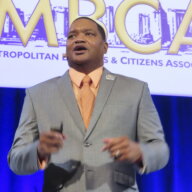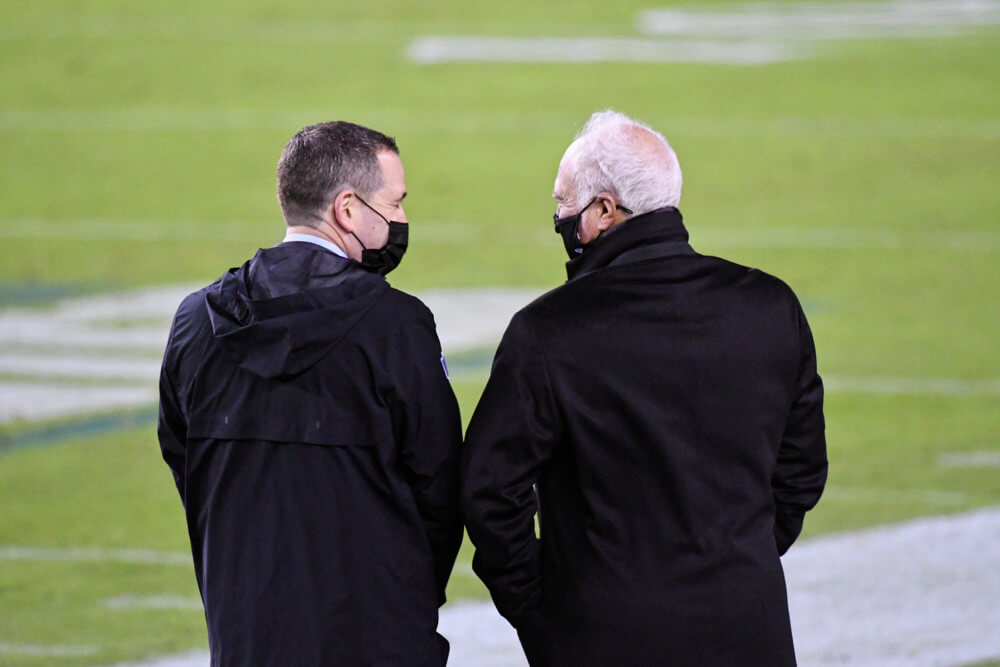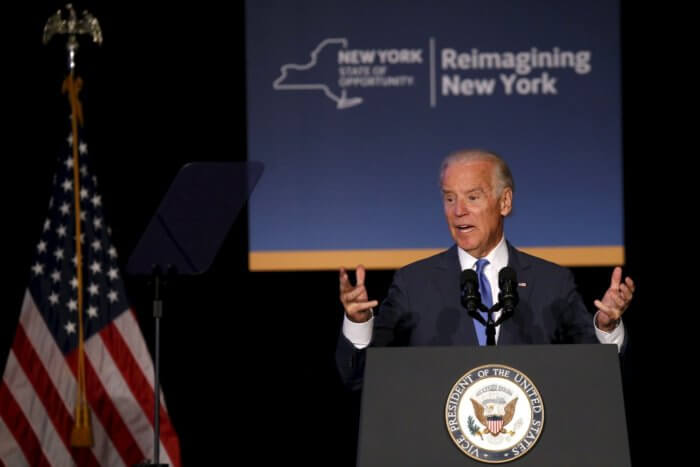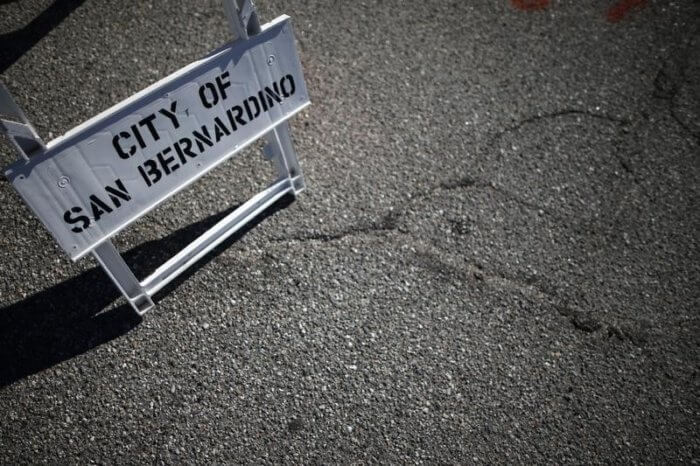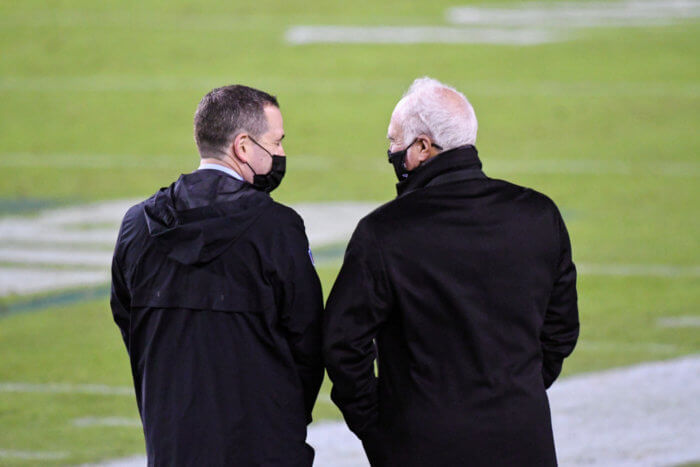By Howard Schneider
MINNEAPOLIS (Reuters) – It is too early to tell how a recent round of tax hikes and a minimum wage increase will play out in Minnesota, a state where liberal and conservative forces have often swapped control and policies. But the state’s experience may give pause to a crowded field of Republican presidential hopefuls who largely swear by tax cuts and small government as a recipe for prosperity.
Judged by those standards this state on the Canadian border should be a train wreck in process.
Instead, Democratic Governor Mark Dayton’s Minnesota could become a touchstone in the national debate over how to bolster the middle class – an example of how solid growth and low unemployment can coexist with some of the highest income and corporate tax rates in the country. Born into family wealth but a left-leaning Democrat by temperament, Dayton said in an interview that, to him, one fix for income inequality was pretty obvious: take some from the better off and spread it around. “The wealthiest pay a smaller percentage of local tax than anyone, all the way down to the bottom,” Dayton told Reuters. “From a tax equity standpoint I felt an additional two percent on the wealthiest two percent was appropriate.” The $2 billion that the state raised by pushing its top income tax rate to 9.85 percent in 2013 helped wipe out a budget deficit and fund a tax cut for middle income families. The income tax imposed by most U.S. states on local residents comes on top of federal taxes, and the increase in Minnesota made its top tax rate the fourth highest in the country.(Graphic: the Minnesota formula: http://link.reuters.com/juj25w) A minimum wage rise approved in 2014 boosted pay for the working poor and linked future increases to inflation. When the tax hike generated a surplus, Dayton argued to spend the money on early childhood education rather than scale back the taxes – and persuaded a divided state legislature to go along. The 2016 presidential election is likely to be shaped by debate over just such policies, and whether they might be an answer to deepening income inequality and stagnant middle and lower class incomes. Democratic front runner Hillary Clinton has not laid out an economic plan yet and most potential Republican contenders oppose income redistribution and advocate tax and spending cuts.
One of them, Scott Walker, governor of neighboring Wisconsin, has pushed through $2 billion in tax cuts, weakened unions and is now proposing more spending cuts in education and health.
Yet so far, Wisconsin has lagged the nation and its neighbor in job creation and economic growth.
Minnesota’s jobless rate has fallen to 3.8 percent, well below the national average of 5.3 percent. It bounced back quick from the recession and companies, such as Amazon, have pressed ahead with expansions plans there. Analysts on the left have taken note.
The 2016 race “is going to be ‘trickle down’ versus ‘middle out,'” said David Madland, director of economic policy at the Center for American Progress, a think tank in Washington with close ties to the Democratic party. “Minnesota is a perfect example of the middle class economics story.” SOLID AND STEADY
Politically, the state is known for its sharp contrasts, its choice of public officials ranging from the Midwestern social liberalism of former vice presidents Walter Mondale and Hubert Humphrey to Tea Party firebrand and former lawmaker Michele Bachmann. The state’s economy, in contrast, has been steady and predictable, with a solid industrial base, a legacy agricultural sector, and a prominent group of companies headquartered there. That includes Target Corp., the national retailer built by Dayton’s family. The unemployment rate since at least the mid-1970s typically runs two percentage points below the national average. Median family income, at almost $60,000, is more than 10 percent above the national level. The state has gone through growth spurts where it outperformed the country and spells where it has lagged. But high taxes have never proved a permanent drag.
Still, the national trend in recent years has been in favor of tax cuts. Over the last decade states have cut income and corporate taxes twice as often as they hiked them, according to data from the National Association of State Budget Officers. Those, including California, that have recently hiked income taxes have typically put fixed expiry dates on the increase to make them politically palatable. At least in recent years, “Minnesota has been the outlier,” said Jared Walczak, a policy analyst at the Tax Foundation.
Beth Kadoun, head of tax policy at the Minnesota Chamber of Commerce, said the jury on Dayton’s policies was still out.
“I don’t think we’ve seen the impact. We had a strong 2013. Look at 2014. Do we continue to outpace?” Kadoun said.
Minnesota’s economy grew 1.4 percent last year, above the Midwest average, but below the 2.2 percent national rate. Wage growth remains weak despite low unemployment.
The chamber and other business groups have opposed the tax hikes and continue to push back against parts of the governor’s agenda, including the indexation of the minimum wage.
But Dayton said his state’s record at least proves that taxes don’t necessarily destroy growth.
In fact, tax cuts have backfired in Wisconsin and Kansas, where Republican governor Sam Brownback cut income taxes only to reverse course and raise other levies as a budget deficit ballooned.
“During this period where other states have been cutting taxes we have held our own and in the last couple of years have done better,” Dayton said. “It works for us.”
(Reporting by Howard Schneider; Editing by David Chance and Tomasz Janowski)










